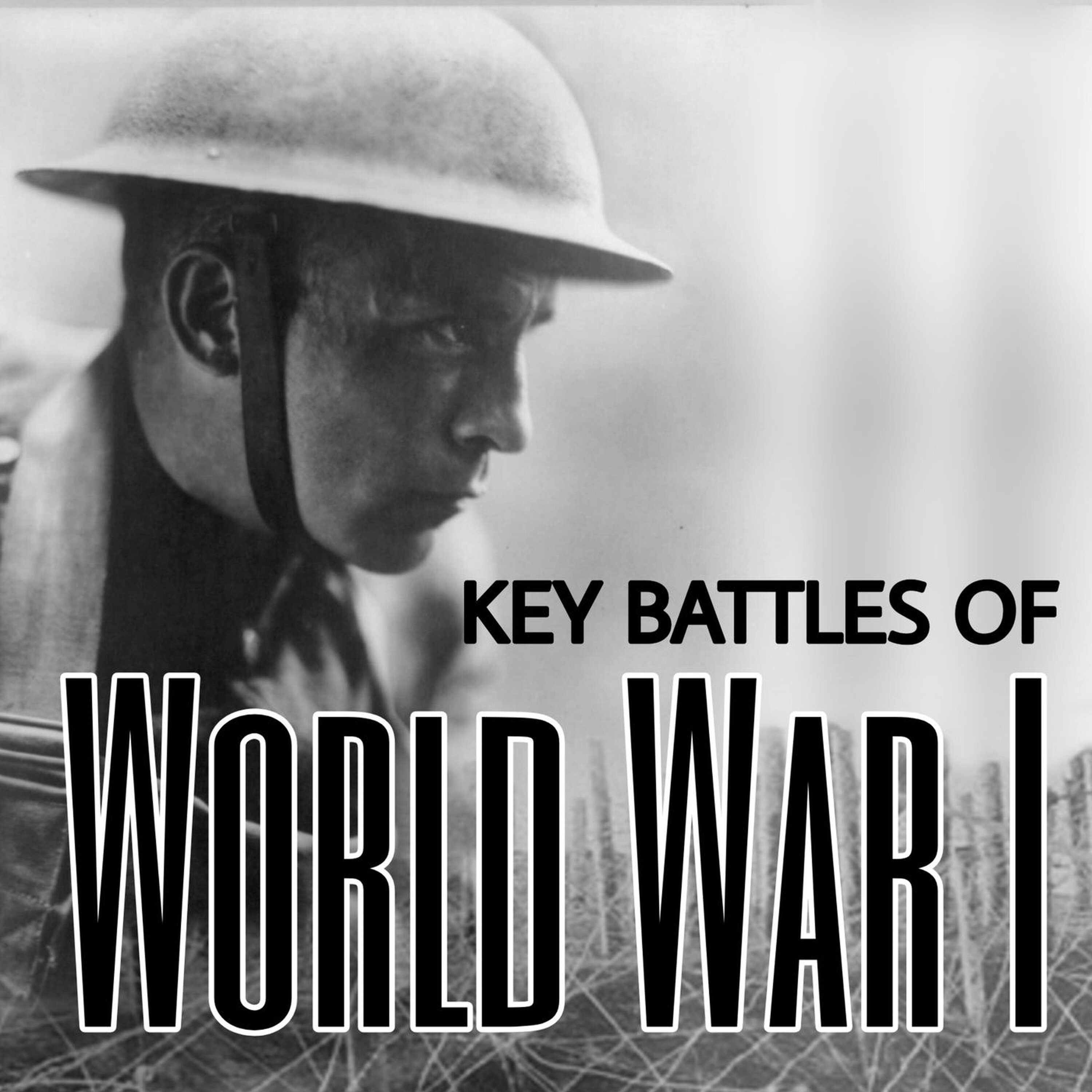Listen on Your Favorite App
Key Battles of World War One
James Early and Scott Rank
World War One is the watershed moment in modern history. The Western World before it was one of aristocrats, empires, colonies, and optimism for a future of unending progress. After four years of hellish trench warfare, shell fire, 10 million combat deaths, and another 10 million civilian deaths, the world that emerged in 1918 was irrevocably changed. Nation-states came out of the rubble, along with a push for universal rights. New technologies emerged, such as tanks and fighter planes. But something was lost permanently in the Great War: a sense of optimism in mankind. In this series, history professors Scott Rank and James Early look at the 10 key battles that determined the outcome of the war between the Central Powers (Germany, Austria-Hungary, the Ottoman Empire) and the Allies (Britain, France, Russia, United States).
Listen on Your Favorite App

15: The Russian Revolutions of 1917-1923--A Bigger Threat Than the Kaiser?
December 22, 2020 - 43 min

14: Why WW1 Was the Graveyard of Empires (Russian, Ottoman, Austro-Hungarian)
December 21, 2020 - 45 min

13: The Battle of the Somme Caused 1 Million Casualties But Was a Turning Point for WW1
December 20, 2020 - 46 min

9: Verdun - The 299-Day Battle That Killed 300K Soldiers And Still Scars The Earth With Unexploded Shells
December 16, 2020 - 48 min

8: How 1915 Became World War One's Year of Poison Gas, Genocide, and Millions of Refugees
December 15, 2020 - 43 min
Meet Your Hosts

James is an Adjunct Professor of History at San Jacinto College in Pasadena, TX. He has published one book and two scholarly articles. He is also the cohost (with Scott Rank) of the Presidential Fight Club, Key Battles of the Civil War, Key Battles of the Revolutionary War, and Key Battles of World War I podcasts.

Scott Rank is the host of the History Unplugged Podcast and a PhD in history who specialized in the Ottoman Empire and modern Turkey. Before going down the academic route he worked as a journalist in Istanbul. He has written 12 history books on topics ranging from lost Bronze Age civilizations to the Age of Discovery. Some of his books include The Age of Illumination: Science, Technology, and Reason in the Middle Ages and History’s 9 Most Insane Rulers.. Learn more about him by going to scottrankphd.com.





